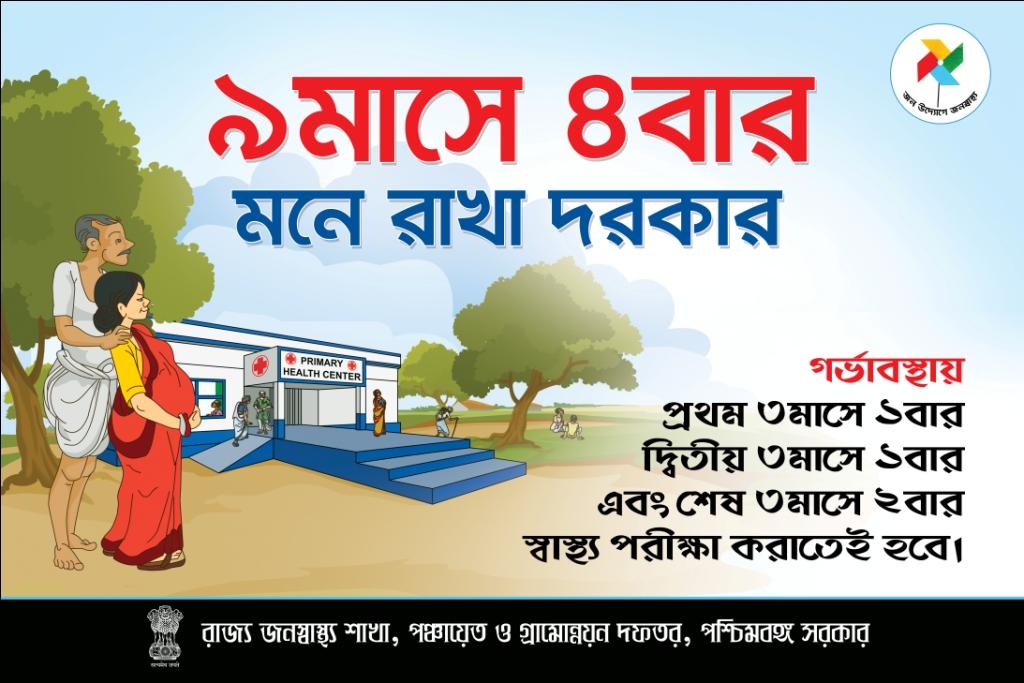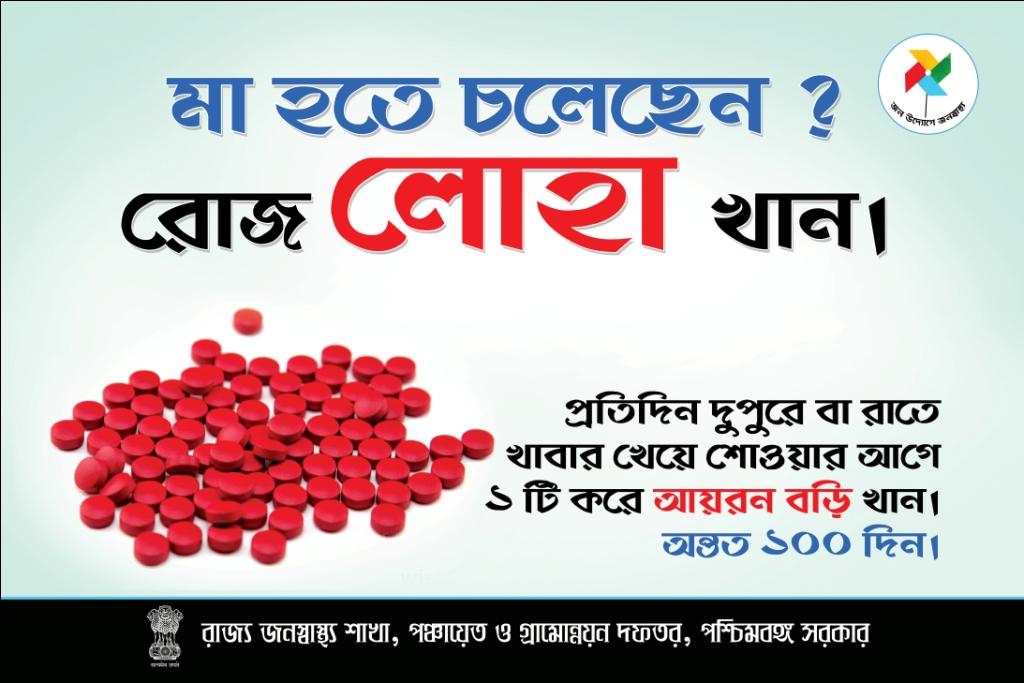
Community Healthcare Management Initiative (CHCMI)
- Home Community Healthcare Management Initiative (CHCMI)
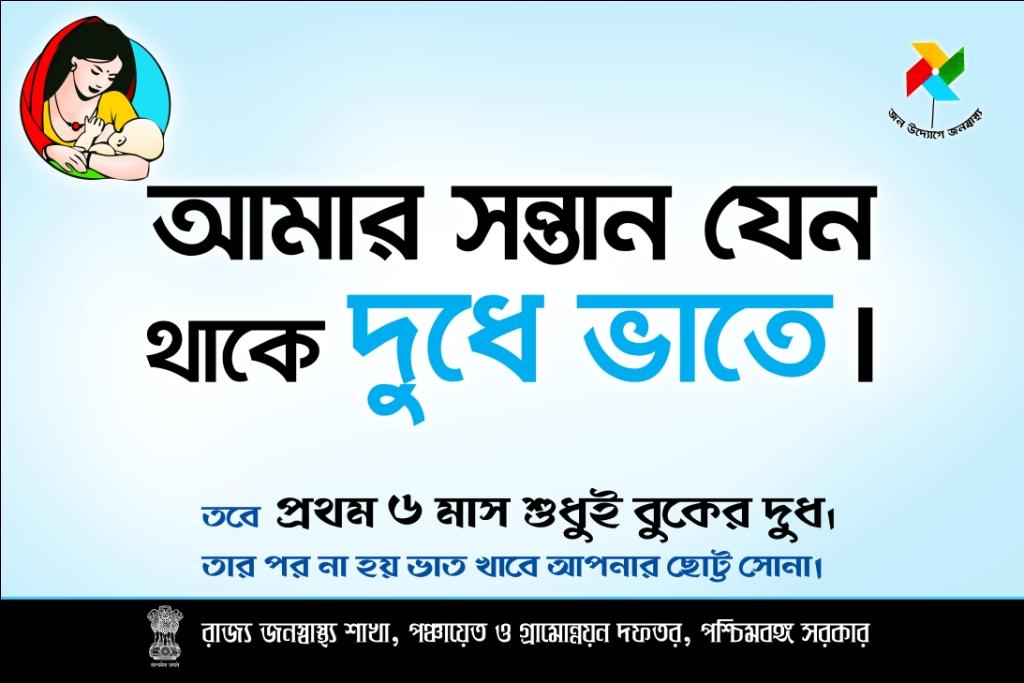
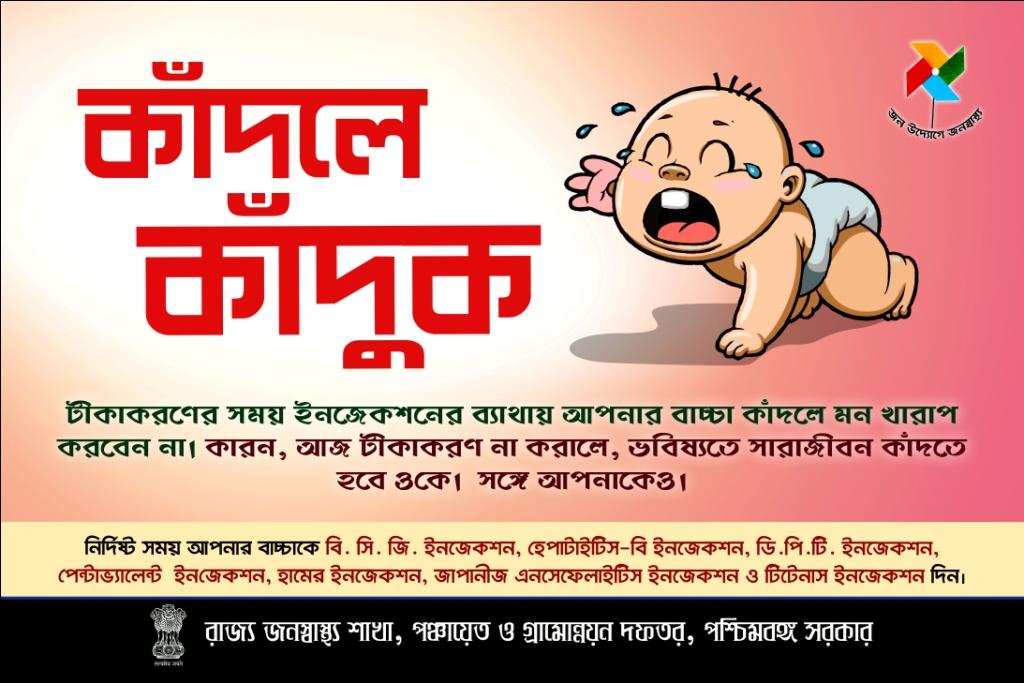
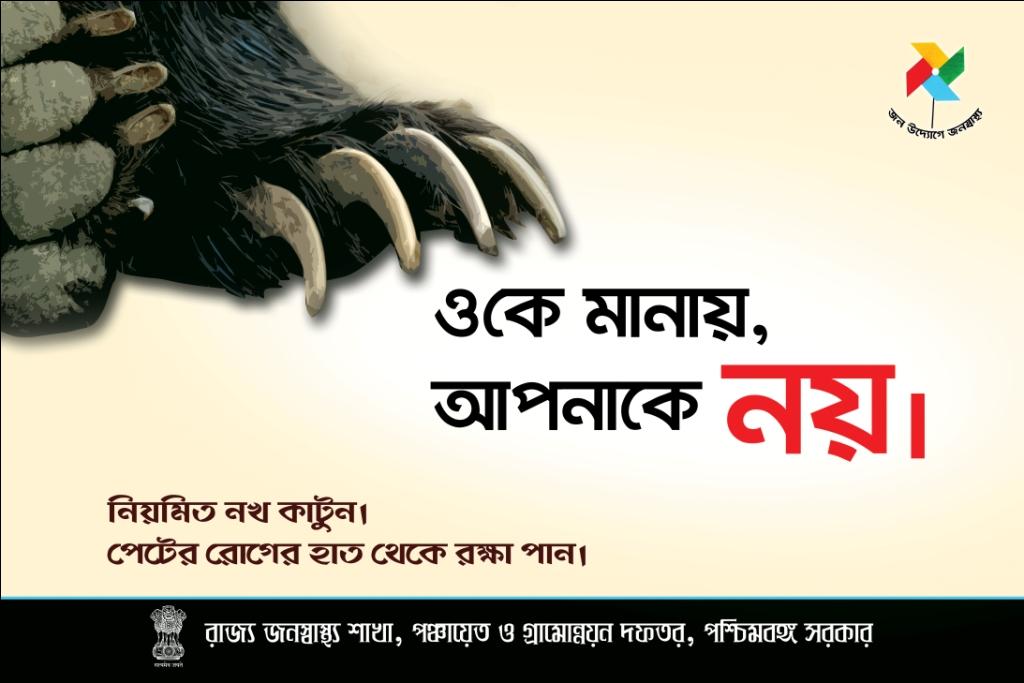
Notable achievement:
| Target of formation of VHSNC | VHSNC formed | Members of VHSNC trained on different issues of Public Health (Since PGE, 2018) |
|---|---|---|
| 58,975 | 48,429 | 227076 |
In rural West Bengal, awareness generation and behavioural change of community on different public health issues is brought about by the activities of awareness generation which is implemented through Community Health Care Management Initiative (CHCMI), an initiative of Panchayats & Rural Development Department. The focus of this ingenious intervention is to usher in a convergence of services at the community level and to install and institutionalize sustainable systems and processes for community action regarding health care management by developing capacities of the PRI functionaries and the communities, so that they can plan for, implement, manage and own basic health care interventions with support from all departments concerned, institutions and agencies in keeping with the national and state goals.
“Community’s health in Community’s Hands” being the motto of the programme, the planned intervention seeks to drive home a sense of responsibility among common people towards their own health care management under the leadership of Panchayati Raj Institutions. CHCMI seeks to converge community action at the grass root level to the cause of promoting good health and preventing sickness in the community. Very simply, it seeks to motivate, enlighten, enthuse and involve individuals and institutions to community action for achieving good health and well being of the community.
Background of the Initiative:
Preventive and promotive health care can be improved only by enabling the community to take charge of its own needs and to utilize the health care services, available at the government service terminals in a better way. This requires a huge community mobilization, which could only be organised by the Panchayat Raj Institutions. As such, tasks relating to public health care should be devolved upon the Panchayats, which is also the mandate of the Constitution.
Improvement of public health also requires improvement of all the proximate factors, like female literacy, safe water and sanitation facilities, drainage etc. that require involvement of the Panchayats. The Panchayats also provides with civic services, like registration of birth and deaths. Therefore, it is more logical that the Panchayats are entrusted with the overall responsibility of proper delivery of preventive and promotive health care system.
Objectives:
Health Care Management has three distinctive features i.e. Promotive, Preventive and Curative. Active involvement of the communities is required especially with regard to the first two aspects.
- To institutionalize the system of public health monitoring by the Panchayats.
- To build capacity of the communities to plan, implement and manage health care interventions by developing among them a strong sense of ownership of the system.
- To work out plans at the different levels for improving outreach, particularly in un-served and under-served areas through regular monitoring and facilitation so as to improve access of the communities to basic health services by strengthening VHSNC.
Methodology:
- Since CHCMI is a community-centric activity, none other but the Panchayati Raj Institutions (PRIs) can best implement it. This idea has been adopted in the methodology of CHCMI. Further, as the focus is on the grass root level, the lowest tier of the PRIs, i.e. the Gram Panchayats (GPs) have been made the nodal agency for implementing the initiative. The Village Health Saniation & Nutrition Committee (VHSNC) will monitor the public health indicators in the Gram Samsad areas.
- To sensitize communities on the issues of public health with particular reference disease prevalence, mortality and morbidity pattern, order of birth, nutrition, safe drinking water, sanitation and personal hygiene, immunization, nutritional status, care for adolescent, pregnant and lactating mothers etc.
- Understand the issues relating to public health in their respective area with collaboration of health service providers (ANM, ASHA, AWW etc.), who have a greater outreach among women and children (mostly the vulnerable section).
- Prepare a baseline on various parameters on the situation of various public health issues with the help of VHSNC.
- Set a time bound target for improving the status of the deficiencies identified during the baseline and monthly meeting of VHSNC in a form of monthly work plan and annual health plan.
- Prepare a community monitoring mechanism both at Gram Samsad, through VHSNC and at Gram Panchayat level through 4th Saturday meeting of “Shiksha – O – Swasthya Upasamity”, for reaching the positive outcome.
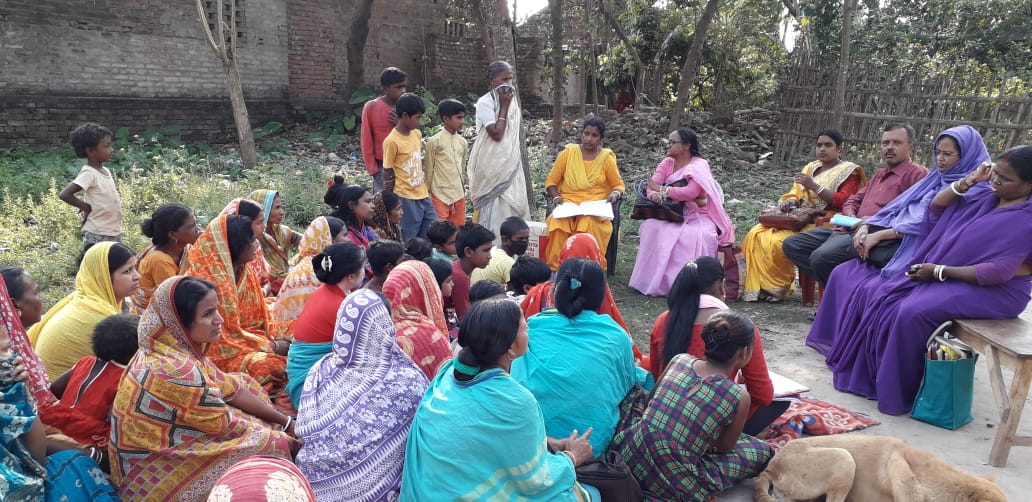
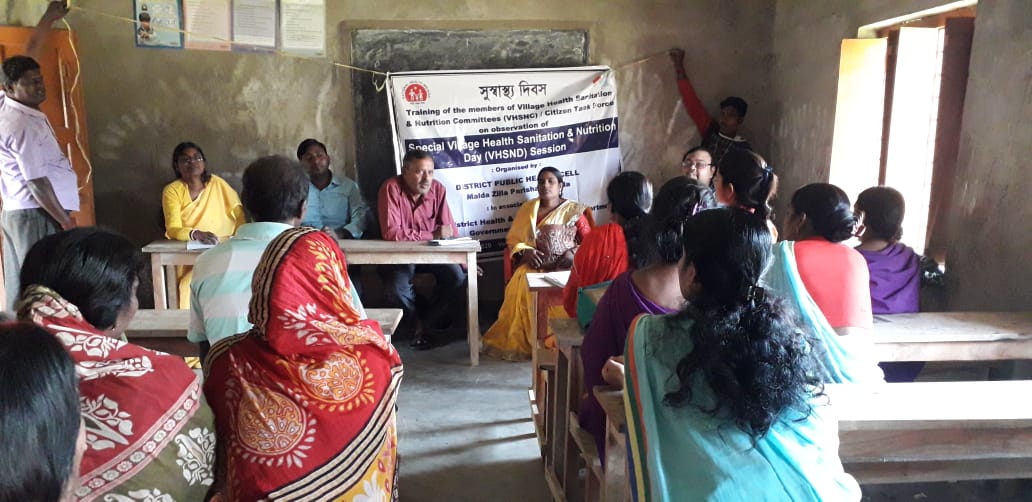
Deliveries / Deliverables:
In the run so far, considerable progress has taken place under CHCMI resulting in quite a number of deliveries as process and impact indicators.
Process Indicators:
Management at the State and District level –
- State Public Health Cell (SPHC) has been set up at the State level in the P&RD Department to envision, strategize and monitor CHCMI implementation.
- District Public Health Cell (DPHC) in the Zilla Parishad functions as Nodal Point for coordinating the activities pertaining to the CHCMI. The Secretary of the Zilla Parishad has been designated as Nodal Officer of CHCMI in the district and a Medical Officer of the Zilla Parishad has been designated as Nodal Medical Officer in the DPHC and he is rendering technical guidance to the DPHC in this initiative. Public Health Programme Coordinator, DPHC implements the programme and provides support to the Nodal Officer for monitoring activities.
- At Block/ Panchayat Samiti level, Joint Block Development Officer will act as the Nodal Officer.
- Gram Panchayat has been designated as nodal point of convergence with all other related Departments in improving public health indicators in rural areas of all the Districts of West Bengal. At Gram Panchayat level the Secretary of the Gram Panchayat concerned will act as Nodal Officer.
Monitoring Mechanism:
- The Gram Panchayats, being the lowest tier, are the nodal agency driving local health agenda through Village Health Sanitation & Nutrition Committee (VHSNC) and the emphasis is on child health and nutrition, maternal health, water, sanitation, and communicable diseases.
- The Shiksha – O – Janaswasthya Upa Samity of Gram Panchayat is responsible for the coordination of all CHCMI interventions in its geographical area.
- A joint monthly monitoring meeting in the GP level on Public Health commonly known as ‘Fourth Saturday Meeting’ is regularly organized in all GPs to review the performance of different departments in delivery of various public health related services. A format has been devised known as “Janaswasthya Bishayak Masik Pratibedan”, which has to be submitted by every GP with the data/ information generated at the Fourth Saturday Meeting.
- The report compiled at the Panchayat Samity level is sent to Zilla Parishad for onward transmission to the State Public Health Cell. The Gram Panchayat has to ensure that the 4th Saturday Meeting is held regularly and effectively to address the problems related to public health. For better monitoring purpose a Web Portal, in this regard, has also been devised
- A monitoring team in three tiers of PRI has been formed.
- In Block level different issues found by the team discussed in the meeting of Jana Swashya – O – Paribesh Sthayee Samiti of Block on 2nd Tuesday of every month. The resolution of meeting again discussed in the meeting of Jana Swashya – O – Paribesh Sthayee Samiti of Zilla Parishad level.
Capacity Building of Facilitators and Functionaries:
Capacity Development is the most crucial aspect of the entire intervention strategy and it has both training and non-training inputs. Non-training inputs comprise regular interaction and exchange of views at various levels, IEC materials including study materials, guideline etc. On the other hand For better implementation of the above activities and proper utilization of fund, the three tiers of the PRIs along with the VHSNC and Self Help Groups and also the Government officials associated with this programme have been sensitized and oriented through intensive training. The training programme is conducted on a cascade mode, since it is not possible to arrange direct training for such a huge number of functionaries from the state level itself. The strategy of capacity building hinges on the following:
The State level programme functionaries monitor the quality of the training programmes for the District functionaries and to a certain extent of the Block functionaries. The nodal functionaries of the Districts, likewise, supervise the training programmes for the block and GP functionaries. The block functionaries in turn, are responsible for supervising capacity building interventions for the GP functionaries and the members of VHSNC. The underlying idea is to ensure that experiences and problems of implementation are reflected, analysed and acted upon through capacity building exercises. This is likely to strengthen the ‘ownership’ of the PRIs at every tier.
Village Health Sanitation and Nutrition Committee -
VHSNC is being constituted at Gram Samsad (Booth/ Ward) level, acts under “Shiksha –O- Swasthya Upasamity”, a sub-committee of Gram Panchayat and functions under the overall supervision of Gram Panchayat. In West Bengal, VHSNC is ushering in interdepartmental convergence for several issues like sanitation, drinking water, School Health Programme, child labour etc.
- VHSNC acts as “Para Najardari Committee” for sustaining ODF Status under “Mission Nirmal Bangla” programme, aligned with the Swachh Bharat Mission (Gramin).
- It is also performing as the lower tier of the “Village Water and Sanitation Committee (VWSC)” at GP level, formed by the guidelines of Public Health and Engineering Department, Government of West Bengal.
- The VHSNCs have been encouraged to take up the cue from the dedicated cadre and organize awareness meetings or directly participate in Waste Management programme towards source reduction at Mosquito breeding places. In this connection, VHSNC acts as the “Citizen’s Task Force” for Vector Borne Diseases prevention at Gram Samsad area.
- A Teacher of any local School of the area has also been included as a member of VHSNC for maintaining liaison between VHSNC and Village Level Child Protection Committee.
- VHSNC, along with SHG members of the Cluster & VO levels, champions the cause of livelihood of SHGs and attracts attention of PRI regarding gender-violence.
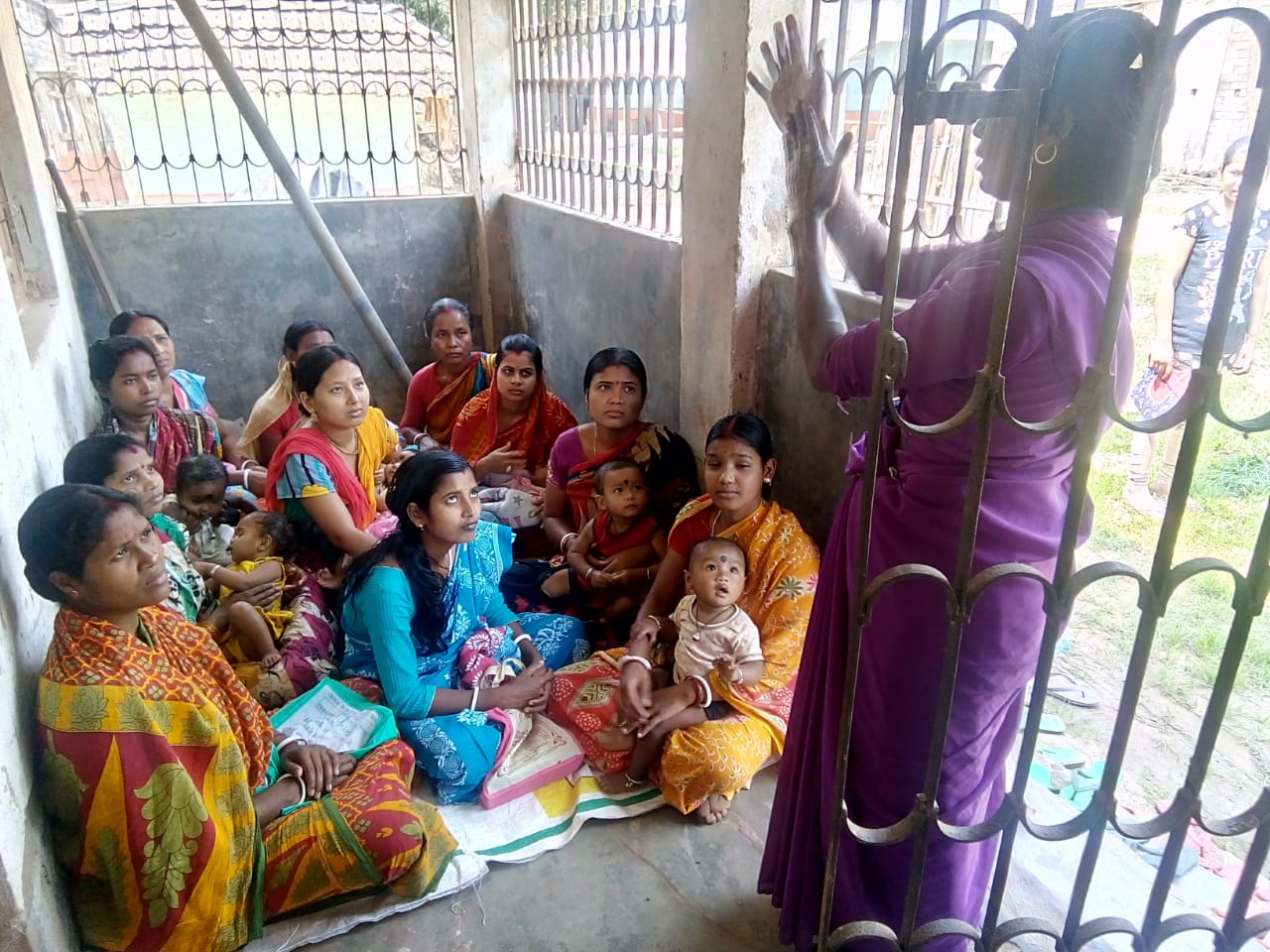
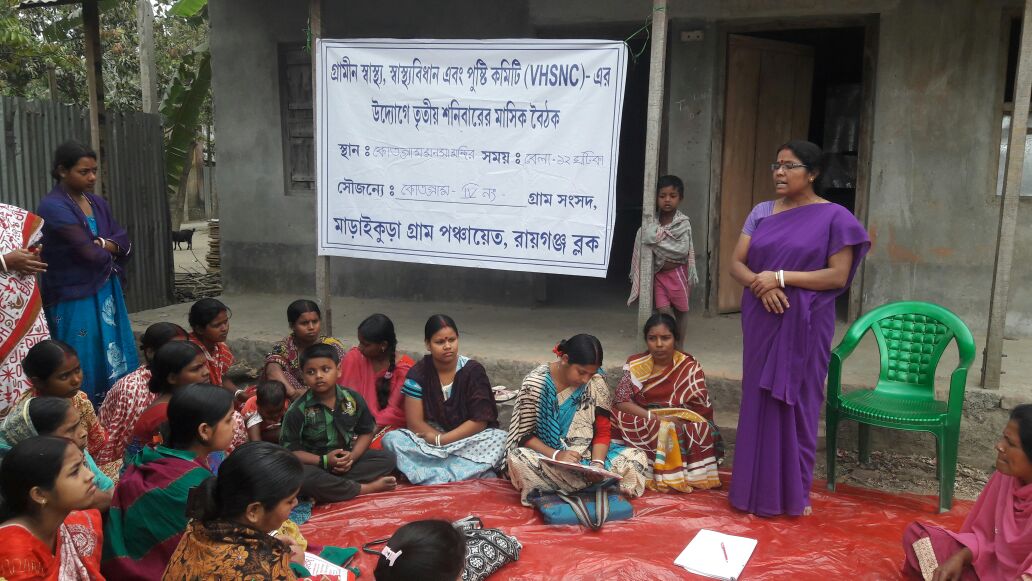
On the other hand, in our State, Village Health Sanitation & Nutrition Committee (VHSNC) is playing an important role:
- For implementing and monitoring the GP health plans and also to involve the women Self Help Groups to expand community outreach.
- Organizing two monthly meetings to make the community aware of the good practices
- Planning & supervision of public health related issues
- Organizing “Suswasthya Dibas” – a special VHSND session at VHSNC level
- Wall writings on public health and referral transport etc. are some of the activities performed by VHSNC.
- Besides, VHSNC has been championing the women’s cause through detection of and moving against early marriage and teenage pregnancy.
- Especially their role in control of Vector Borne Disease Programme has been noteworthy, the way they have participated in surveying, awareness building It is acting as the platform of convergence of different service providing Government and Non-Government sectors at the Gram Samsad level.
- Food, Nutrition, Health & Wash - these agenda need the addressed in the monthly meeting of SHG & Cluster. Since these agenda are coterminous with these of VHSNC, SHGs are greatly benefitted by the advices of Health Frontline Worker – members of VHSNC to deliberate upon their Health, Food, Nutrition & Wash issues.
The Way Forward
The specific goal of the ongoing Community Health Care Management Initiative is to install and institutionalize sustainable systems and processes for community action for health care management by developing capacities of the PRI functionaries and the communities so that they can plan for, implement, manage and own basic health care interventions with support from all Departments, concerned, institutions and agencies in keeping with the global, national and state goals.
CHCMI has already created significant impact at the community level and has potential to empower people by making them central to micro planning process at VHSNC level. Mainstreaming of this kind of community health micro-plan with overall village/GP plan and implementation of micro plan prepared by each VHSNC is now possible since the functional integration mechanism with the active involvement of VHSNC with support of PRI has been rolled out in the State.

